Introduction
Venturing into the wilderness can be an exhilarating experience, but it also comes with its share of challenges. Whether you’re an avid hiker, a camper, or someone who enjoys exploring nature, knowing wilderness survival tips and techniques is essential for staying safe and thriving in the wild. From finding water to building a shelter, these skills can mean the difference between life and death in an emergency.
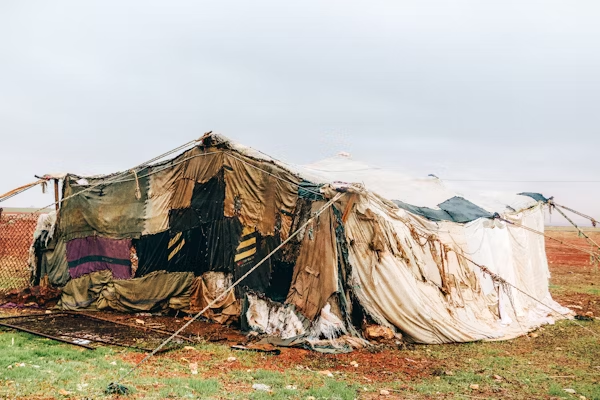
In this guide, we’ll cover essential Wilderness Survival Tips & Techniques to help you navigate the great outdoors with confidence. Let’s dive in and prepare you for your next adventure!
Why Wilderness Survival Skills Are Important
The wilderness is unpredictable, and even the most experienced adventurers can find themselves in unexpected situations. Here’s why learning wilderness survival tips and techniques is crucial:
- Safety: Knowing how to handle emergencies can save your life.
- Self-Reliance: Survival skills empower you to rely on yourself when help is far away.
- Confidence: Being prepared allows you to explore nature with peace of mind.
- Resilience: Survival skills teach you to adapt and overcome challenges.
By mastering these wilderness survival tips and techniques, you can turn potential disasters into manageable situations.
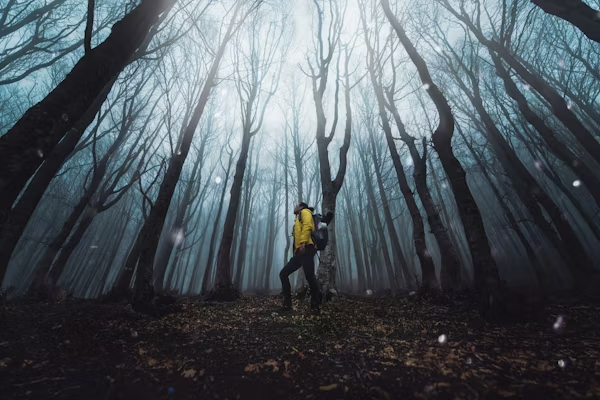
Essential Wilderness Survival Tips
Here are the most important wilderness survival tips and techniques to help you thrive in the wild:
1. Prioritize the Rule of Threes
In survival situations, remember the Rule of Threes:
- 3 minutes without air.
- 3 hours without shelter in extreme conditions.
- 3 days without water.
- 3 weeks without food.
This rule helps you prioritize your actions in an emergency.
2. Find and Purify Water
Water is your top priority in the wilderness. Here’s how to find and purify it:
- Locate water sources: Look for rivers, streams, or rainwater.
- Purify water: Use boiling, water filters, or purification tablets to make it safe to drink.
- Collect dew: Use a cloth to soak up morning dew from grass or leaves.
Always carry a portable water filter or purification tablets in your survival kit.
3. Build a Shelter
A shelter protects you from the elements and helps retain body heat. Follow these steps:
- Choose a location: Look for dry, flat ground away from hazards like falling branches or flooding.
- Use natural materials: Build a lean-to or A-frame shelter using branches, leaves, and rocks.
- Insulate the floor: Add layers of leaves or pine needles to keep warm.
Practice building shelters before you need them in an emergency.
4. Start a Fire
Fire provides warmth, light, and a way to cook food. Here’s how to start one:
- Gather materials: Collect tinder (dry grass, bark), kindling (small sticks), and fuel wood (larger logs).
- Use fire-starting tools: Carry waterproof matches, a lighter, or flint and steel.
- Build a fire pit: Arrange your materials in a teepee or log cabin structure.
Always extinguish your fire completely before leaving the area.
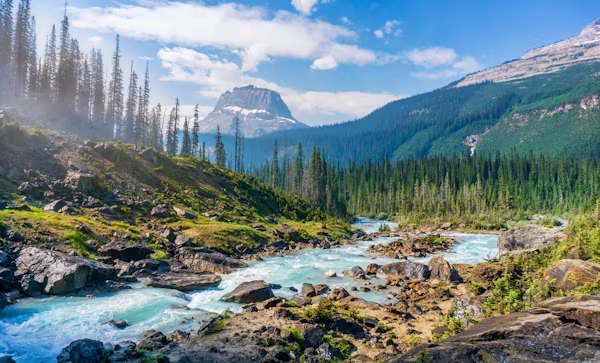
5. Forage for Food
While food is less urgent than water or shelter, knowing how to find edible plants and insects can sustain you:
- Identify edible plants: Learn about safe plants like dandelions, clover, and berries.
- Avoid toxic plants: Steer clear of unfamiliar plants and mushrooms.
- Hunt or trap small game: Use snares or fishing techniques if you have the skills.
Foraging should be a last resort—always prioritize your survival kit supplies.
6. Navigate Without a Compass
If you’re lost, these techniques can help you find your way:
- Use the sun: The sun rises in the east and sets in the west.
- Follow the stars: In the Northern Hemisphere, the North Star (Polaris) points north.
- Look for natural signs: Moss often grows on the north side of trees, and rivers flow downstream toward civilization.
Practice these skills in familiar areas before relying on them in the wild.
7. Signal for Help
If you need rescue, use these methods to attract attention:
- Create smoke signals: Build a fire and add green leaves or damp materials to produce thick smoke.
- Use a whistle or mirror: Sound and reflected light can travel long distances.
- Make an SOS sign: Spell out “SOS” with rocks, branches, or other materials in an open area.
These signals can significantly increase your chances of being found.
8. Stay Calm and Think Clearly
Panic can cloud your judgment. Practice these mental strategies:
- Take deep breaths: Calm your mind and body.
- Assess the situation: Identify immediate threats and prioritize your actions.
- Focus on solutions: Break down problems into manageable steps.
Mental resilience is just as important as physical preparedness.
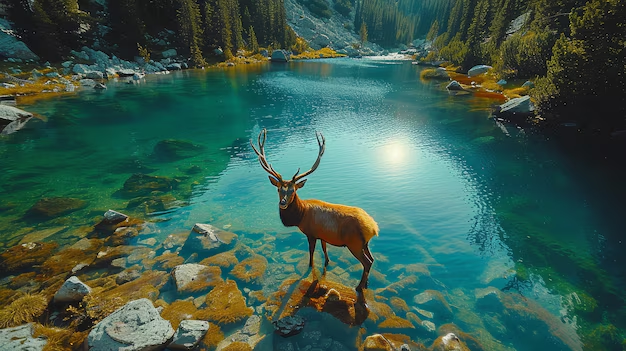
9. Carry a Survival Kit
A well-stocked survival kit is essential for any wilderness adventure. Include these items:
- Water and purification tablets
- Non-perishable food
- First aid kit
- Multi-tool or knife
- Fire-starting tools
- Emergency blanket
- Map and compass
- Whistle and mirror
Customize your kit based on the environment and duration of your trip.
10. Learn Basic First Aid
Injuries can happen in the wilderness, so knowing basic first aid is crucial:
- Treat wounds: Clean and bandage cuts to prevent infection.
- Handle fractures: Immobilize the injured area with splints or slings.
- Recognize hypothermia: Look for symptoms like shivering, confusion, and slurred speech, and warm the person gradually.
Consider taking a wilderness first aid course for more advanced Wilderness Survival Techniques
Once you’ve mastered the basics, try these advanced techniques:
- Build a debris hut: A more insulated shelter for colder climates.
- Create a solar still: Use condensation to collect drinking water.
- Make cordage from plants: Use natural fibers to create ropes or fishing lines.
- Track animals: Learn to identify tracks and signs of wildlife for hunting or safety.
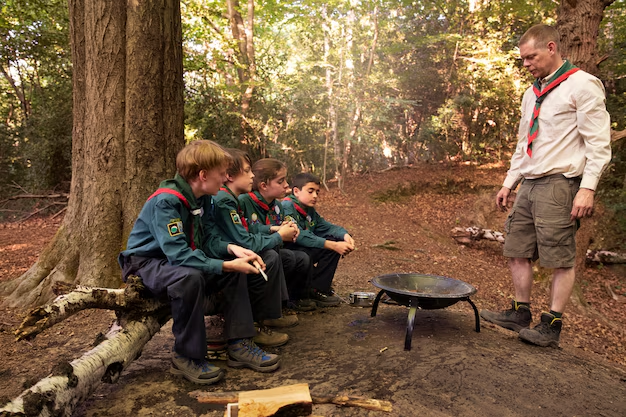
Real-Life Wilderness Survival Stories
Here are some inspiring examples of people who used survival skills to overcome challenges:
- Aron Ralston: Survived a hiking accident by amputating his own arm and navigating to safety.
- Juliane Koepcke: Survived a plane crash in the Amazon rainforest and walked to safety after 11 days.
- Hugh Glass: Endured a bear attack and trekked 200 miles to safety in the 1800s.
These stories highlight the importance of preparation, resilience, and adaptability in survival situations.
Conclusion
The wilderness is a beautiful but unforgiving place, and being prepared is the key to thriving in it. By mastering these wilderness survival tips and techniques, you can confidently explore nature and handle emergencies with ease.
So, pack your survival kit, practice these skills, and embark on your next adventure with confidence. Remember, the more you prepare, the more you can enjoy the wonders of the wild!
FAQs
- What’s the most important survival skill in the wilderness?
Finding and purifying water is the top priority, as dehydration can be life-threatening. - How do I start a fire without matches?
Use flint and steel, a magnifying glass, or friction-based methods like a bow drill. - What should I do if I get lost?
Stay calm, assess your surroundings, and use navigation techniques to find your way or signal for help. - How can I identify edible plants?
Learn about local flora before your trip and carry a field guide for reference. - What’s the best way to stay warm in cold weather?
Build an insulated shelter, start a fire, and use an emergency blanket to retain body heat. - How do I signal for help in the wilderness?
Use smoke signals, a whistle, or a mirror to attract attention. - What should I include in my survival kit?
Essentials include water, food, a first aid kit, fire-starting tools, a multi-tool, and navigation tools.

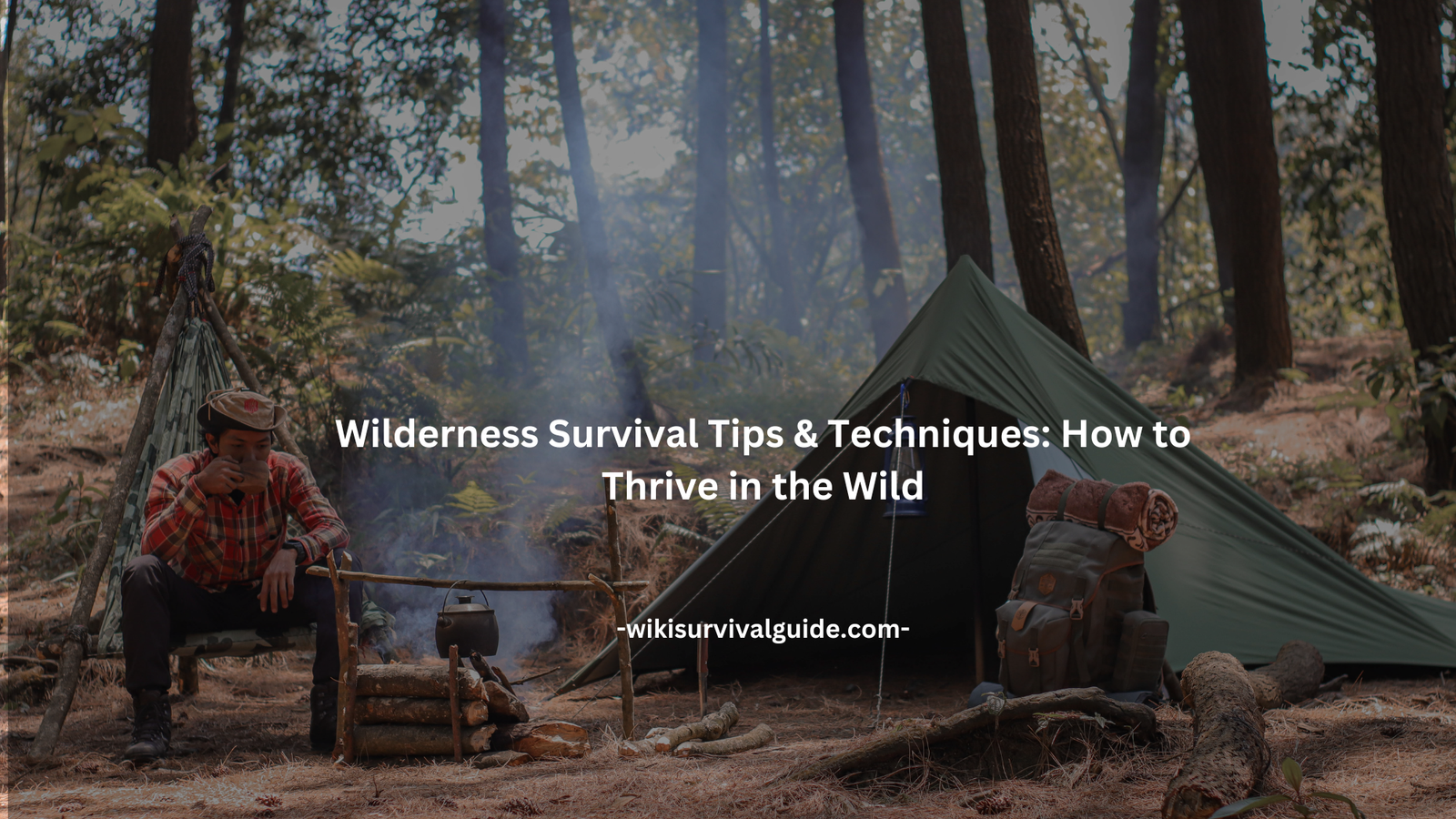

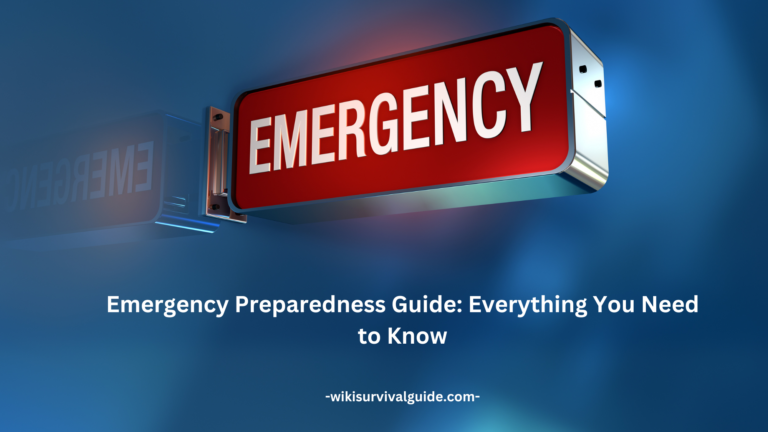
2 Comments